As you may know, April is Autism Awareness month. The Center for Disease Control now estimates that 1 in 68 children are diagnosed with Autism Spectrum Disorder (ASD). Autism is a term almost everyone is familiar with as it’s a bit of a buzzword. But, just because Autism is something talked about on the news and mentioned in social media frequently, it doesn’t necessarily mean we all know what Autism really is and what it truly means.
Mayo Clinic gives this definition:
“Autism is one of a group of serious developmental problems called autism spectrum disorders that appear in early childhood — usually before age 3. Though symptoms and severity vary, all autism spectrum disorders affect a child’s ability to communicate and interact with others. “
As a former ABA therapist and friend of many families touched by Autism, I’ve personally found it very hard to define. Autism can present itself so differently in every individual. Yes, there are most definitely things that people with Autism have in common (otherwise there would be no diagnostic criteria). But just like every child, children with Autism each have their own unique personalities and timelines. For instance, while one child may love bear hugs, another may prefer to not be touched. It’s important to keep in mind that Autism is a spectrum disorder, which means that the severity can vary greatly from individual to individual. Part of the reason I started a photo Autism Awareness project was because I really wanted to show people the essence of these children and the beauty inside them. Here are some of the beautiful kids.
If you are worried your child may have Autism, here is a list “Red Flags” to watch for from the CDC. You can see their complete list of signs and symptoms here.
A person with ASD might:
- Not respond to their name by 12 months of age
- Not point at objects to show interest (point at an airplane flying over) by 14 months
- Not play “pretend” games (pretend to “feed” a doll) by 18 months
- Avoid eye contact and want to be alone
- Have trouble understanding other people’s feelings or talking about their own feelings
- Have delayed speech and language skills
- Repeat words or phrases over and over (echolalia)
- Give unrelated answers to questions
- Get upset by minor changes
- Have obsessive interests
- Flap their hands, rock their body, or spin in circles
- Have unusual reactions to the way things sound, smell, taste, look, or feel
While working as a therapist, I most definitely observed these behaviors in clients and children I worked with. However, I also saw so much more. I saw hope. And I still do.
If you are concerned your child may have Autism, speak with their pediatrician. Early intervention is key and there is a lot of help available. Madison is very fortunate to be filled with many incredible resources for families facing an autism spectrum diagnosis.
Awareness truly is key. As is acceptance and understanding. I think it’s important to be aware of children and families who are living with Autism and taking a moment to understand them, before passing a judgment.









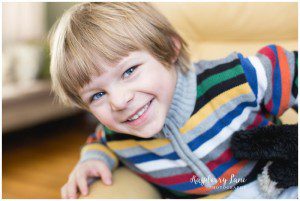
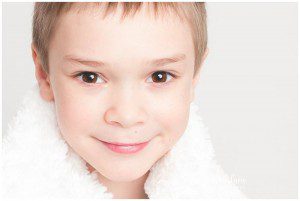

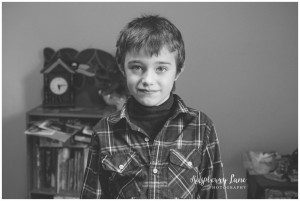
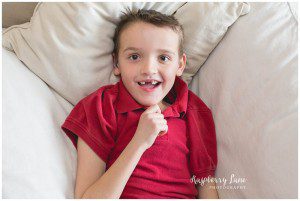



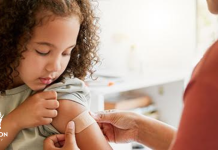





Thank you so much for capturing this very important topic with some beautiful photos! I appreciate you stressing that every child is unique, autism or not.
[…] my photography business it was really important to me that I stay connected with my first passion, working with children and families on the Autism spectrum. Whenever I have an opportunity to combine photography and working with these amazing kids I love […]